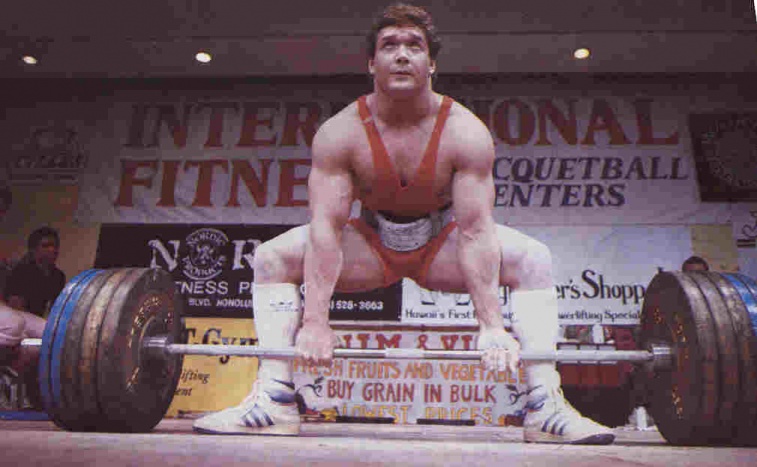When we think about mobility and flexibility, we often focus on the hips, hamstrings, or shoulders. However, one joint that often flies under the radar—but plays a critical role in athletic performance, injury prevention, and daily movement—is the ankle. Limited ankle mobility can compromise your squat depth, running form, and even your ability to climb stairs comfortably. This article explores the importance of ankle mobility and outlines the best strategies for improving it.
Why Ankle Mobility Matters
The ankle joint, or the talocrural joint, is a hinge joint that primarily allows dorsiflexion (toes moving toward the shin) and plantarflexion (toes pointing away from the shin). It also facilitates side-to-side movements critical for stability. Proper ankle mobility is essential for several reasons:
- Enhanced Athletic Performance: Activities like running, jumping, squatting, and lunging rely on a wide range of motion at the ankle. Limited mobility can restrict your performance in these movements.
- Reduced Risk of Injury: Poor ankle mobility often leads to compensatory patterns elsewhere in the body, such as the knees or lower back, increasing the risk of strain or injury.
- Improved Balance and Stability: Ankle mobility affects your ability to balance on one leg, pivot, or perform dynamic movements safely and efficiently.
- Better Functional Movement: Everyday actions like walking, climbing stairs, or standing from a seated position require sufficient ankle dorsiflexion.
Signs of Poor Ankle Mobility
How do you know if your ankles are holding you back? Here are some common indicators:
- Difficulty achieving deep squats without your heels lifting off the ground.
- Pain or discomfort during movements that load the ankle joint.
- Frequent ankle sprains or instability.
- Limited dorsiflexion range of motion (less than 10-15 degrees is often considered restricted).
How to Improve Ankle Mobility
If tight or stiff ankles are limiting your movement, there’s good news: ankle mobility can be significantly improved with consistent effort. Here’s a step-by-step guide:
1. Assess Your Current Mobility
Before starting, assess your baseline ankle dorsiflexion using the “knee-to-wall” test:
- Stand facing a wall with one foot forward, keeping your heel on the ground.
- Bend your front knee toward the wall.
- Measure the distance between your big toe and the wall when your knee just touches the wall without lifting the heel.
This test provides a clear picture of your range of motion and tracks progress over time.
2. Perform Dynamic Mobility Drills
Dynamic drills help warm up and loosen the ankle joint:
- Ankle Circles: Sit or stand and slowly rotate your ankle in large circles, both clockwise and counterclockwise.
- Heel-to-Toe Rocking: Rock forward onto your toes and backward onto your heels to mobilize the joint through its full range.
- Walking Toe Taps: Walk forward, tapping your toes down first with each step.
3. Add Static Stretches
Stretching the muscles and connective tissues around the ankle can help improve range of motion:
- Calf Stretch Against Wall: Place your hands on a wall and extend one leg back, keeping the heel on the ground. Bend the front knee and lean forward to stretch the gastrocnemius (upper calf).
- Soleus Stretch: Similar to the calf stretch, but slightly bend the back knee to target the deeper soleus muscle.
4. Mobilization Techniques
Joint mobilization can address stiffness in the ankle:
- Band-Assisted Ankle Dorsiflexion: Attach a resistance band to a stable anchor and loop it around your ankle. While kneeling, move your knee forward over your toes to mobilize the joint.
- Weighted Ankle Rocks: Place a small weight on your knee while in a lunge position and gently rock forward to increase dorsiflexion.
5. Strengthening Exercises
Building strength in the muscles surrounding the ankle supports long-term mobility:
- Tibialis Anterior Raises: Stand with your back against a wall and lift your toes toward your shins.
- Single-Leg Calf Raises: Perform calf raises on one leg to strengthen the gastrocnemius and soleus.
- Ankle Inversion and Eversion: Use a resistance band to strengthen the muscles that control side-to-side ankle motion.
6. Incorporate Self-Myofascial Release
Foam rolling or using a lacrosse ball on the calf and soleus muscles can reduce muscle tightness and improve flexibility. Roll out these areas for 1-2 minutes per side, focusing on tender spots.
Tips for Success
- Consistency is Key: Spend at least 10-15 minutes daily on ankle mobility exercises for noticeable improvements.
- Be Patient: Significant changes in mobility take time. Aim for incremental progress over weeks or months.
- Integrate into Your Workouts: Include ankle mobility drills in your warm-ups or cool-downs to ensure consistency.
When to Seek Professional Help
If persistent pain or stiffness limits your ankle movement despite consistent stretching and strengthening, consult a physical therapist. They can assess underlying issues such as joint impingement, ligament restrictions, or soft tissue adhesions and recommend targeted treatments.
Conclusion
Ankle mobility is often overlooked but critically impacts overall movement quality, athletic performance, and injury prevention. By incorporating a mix of dynamic drills, static stretches, strengthening exercises, and myofascial release into your routine, you can unlock your ankles’ full potential and move with greater freedom. Start small, stay consistent, and your ankles—and your body—will thank you.


